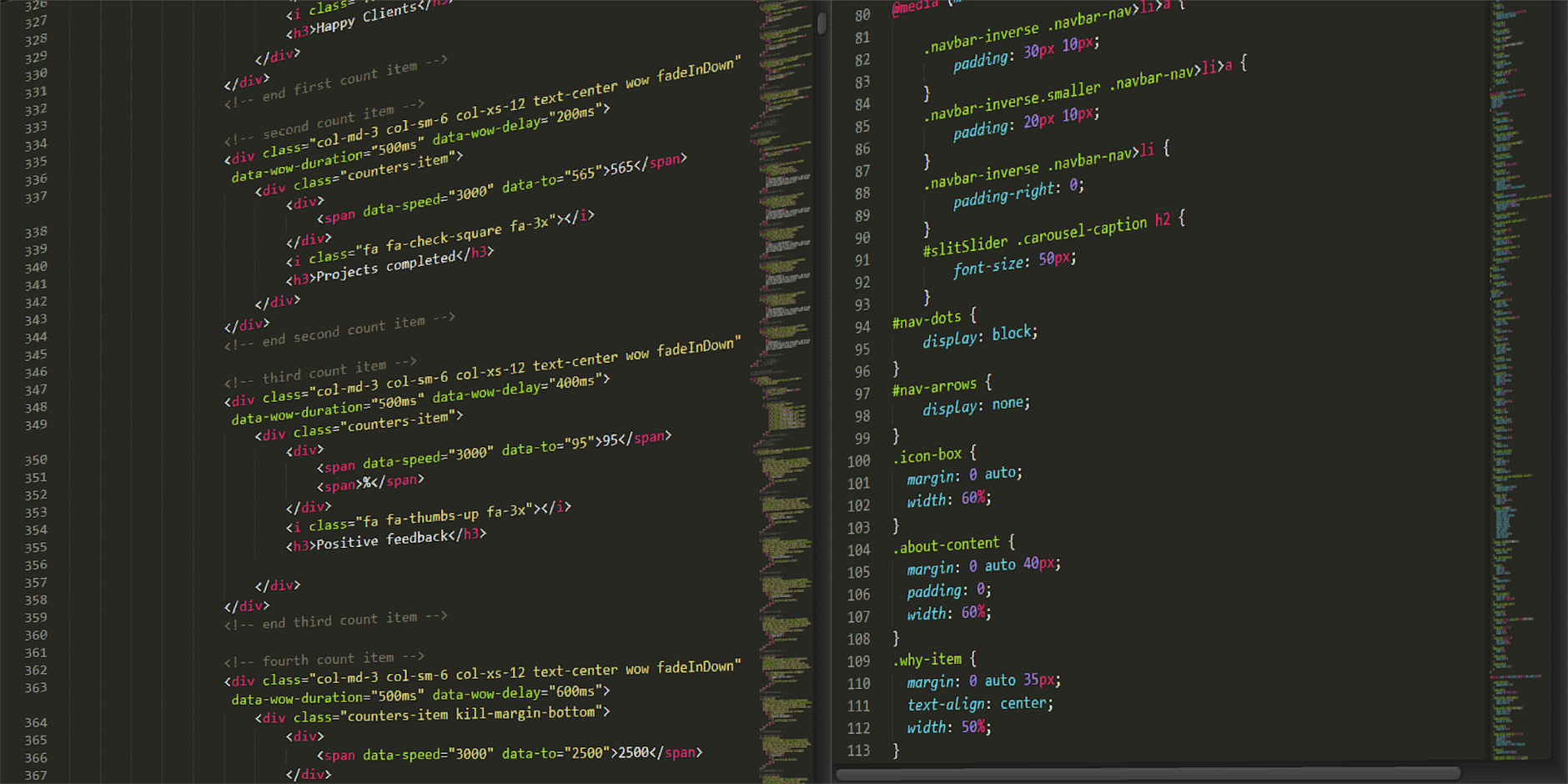Print Specifications, Specs
Printing
Introduction
At KGR Web Design, we understand the importance of providing detailed print specifications and specs for businesses and consumers alike. Whether you are looking to create professional marketing materials, brochures, or business cards, having a clear understanding of print specifications is crucial to achieving the desired results.
Why Print Specifications Matter
Print specifications refer to the parameters and guidelines that ensure high-quality printing output. By adhering to these specifications, you can guarantee that the final product meets your expectations and effectively communicates your message to your target audience.
Understanding Print Specifications
When it comes to print specifications, there are several key factors to consider:
1. Paper Size and Type
The paper size and type play a significant role in determining the appearance and durability of your printed materials. Common paper sizes include A4, Letter, and Legal, while paper types range from matte and glossy to specialty finishes like textured or recycled paper.
2. Color Mode
Choosing the appropriate color mode is crucial for achieving accurate color reproduction. Depending on your needs, you may opt for full color (CMYK) or grayscale (black and white) printing. Understanding the color mode ensures consistent and vibrant results.
3. Resolution and Image Quality
High-resolution images are essential for achieving sharp and clear prints. The resolution is measured in dots per inch (DPI), and a higher DPI value results in better image quality. Remember to use images with appropriate resolution and ensure they are saved in a suitable file format, such as JPEG or PNG.
4. Bleed and Margins
In print design, bleed refers to the area outside the final trim size where the design extends. It ensures that there are no white spaces or uneven edges after trimming. Margins, on the other hand, are the safe zones within the trim area to prevent essential elements from getting cut off. Correctly setting up bleed and margins is crucial for professional-looking prints.
5. Fonts and Typography
The choice of fonts and typography greatly influences the readability and overall appeal of your printed materials. It is essential to select fonts that are legible in the desired print size and maintain consistency throughout your design.
6. File Formats
When preparing your print files, it is important to use the appropriate file format. Common file formats for print include PDF (Portable Document Format) and AI (Adobe Illustrator). These formats ensure that your designs are preserved accurately and ready for production.
Conclusion
Print specifications and specs are vital for achieving outstanding print results. By understanding and implementing the right print specifications, you can create visually appealing and professional materials that effectively convey your message. At KGR Web Design, we are committed to providing comprehensive information and guidance on print specifications for business and consumer services. Contact us today to learn more about how we can assist you!










